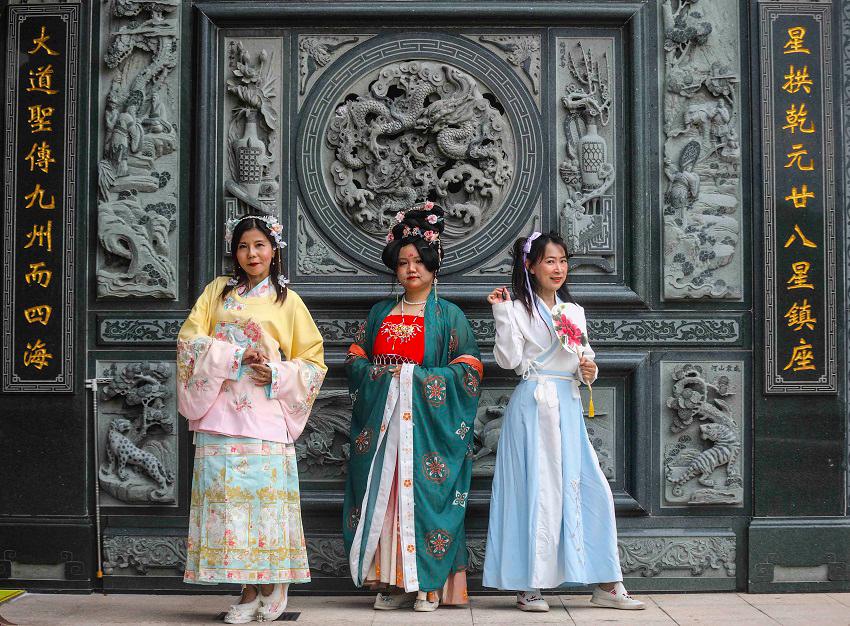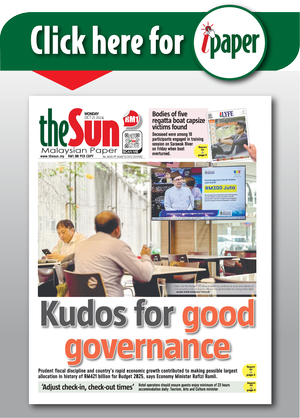The elegance and beauty of hanfu, or the ancient clothing of the Han Chinese, continue to captivate many hearts even in modern times.
Closer to home, a group of hanfu enthusiasts, known as the Hanfu Cultural Exchange Centre, is spreading the love of the hanfu, as members delight in donning elegant hanfu in an array of colours during events and cultural activities.
Formed in April last year by four hanfu lovers, the group has observed the growing interest towards this traditional wear. To date, its public group on Facebook has garnered 5,200 members and counting, as more and more people are drawn to admiring and wearing the hanfu.
With more Malaysians embracing this cultural dress, the group frequently shares hanfu photo shoots and events among members.
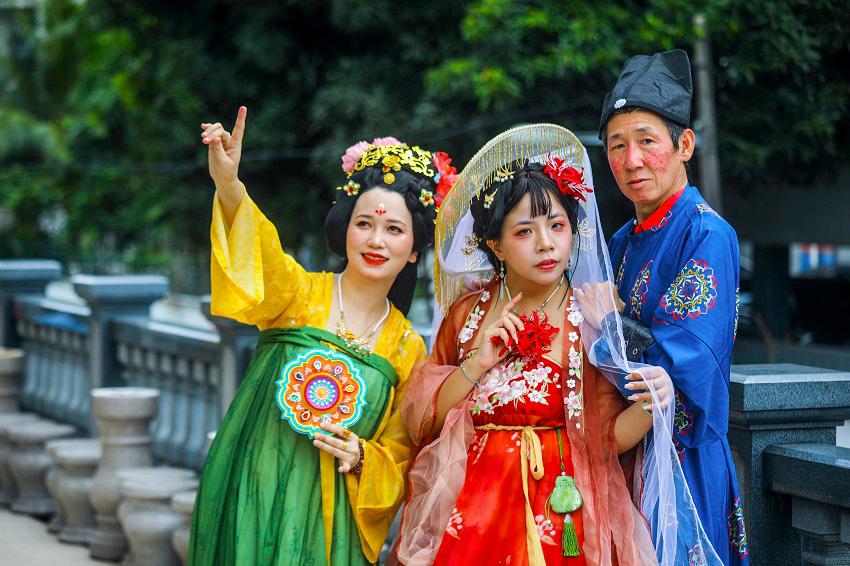
“We have Hanfu Day, gatherings and activities that promote hanfu. Besides dancing and singing, there are hanfu fashion shows that showcase the beauty of hanfu. We also provide hanfu rental, photography, bridal and modelling,” said the group’s vice president Eva Zhu, 37, a Chinese national who is married to a Malaysian and has lived in Malaysia for 14 years.
“What is appealing about hanfu is its accessories, history and styles. For example, a Tang dynasty hanfu comes with styles such as round-collar robes, chest-high skirts and cross-collars,” Zhu told theSun.
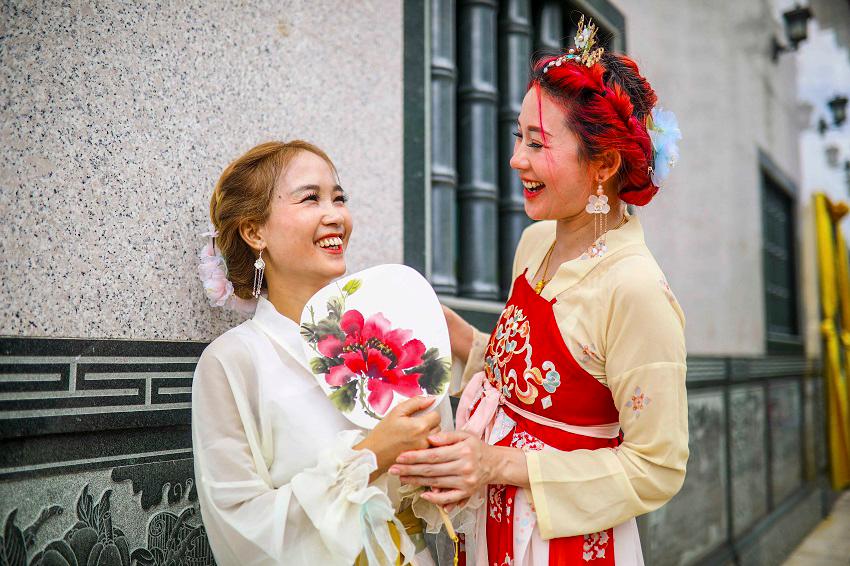
Song dynasty hanfu is characterised by simple designs, soft colours and flowing fabrics. Ming dynasty hanfu has intricate embroideries, with key garments such as mamianqun (horse-face skirts), pipa sleeve tops and long robes.
The mamianqun has been made popular by TikTok star Miles Moretti’s street fashion videos across the world, which sees him wearing traditional Chinese outfits and impressing passersby. In a way, Moretti has brought Chinese aesthetics to the world, empowering people to embrace their cultural heritage and express confidence and beauty through timeless traditions.
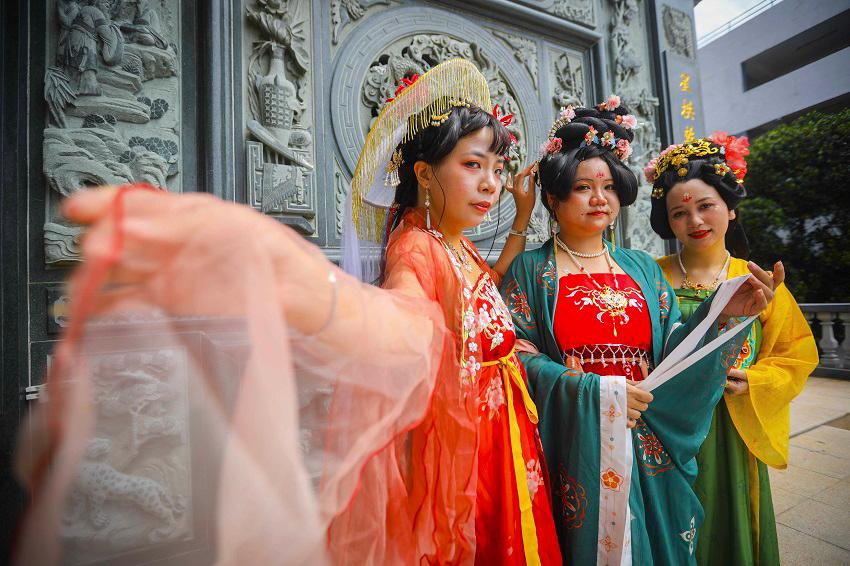
“Hanfu’s acceptance is wide. Some people are curious about it but mistook hanfu as Korean or Japanese traditional wear since they do not understand this clothing. We want people to get to know hanfu, then guide them further,” Zhu said.
Zhu, a makeup artist, has close to 30 sets of hanfu and will continue to buy more, she said.
“Why do I continue to promote this is because I see efforts by Malaysia that are actively promoting Chinese culture. I will do my best (to promote hanfu) as well,” quipped Zhu.
Interestingly, Zhu pointed out that a qipao (or cheongsam) is not considered as a hanfu.
In conjunction with Mid-Autumn Festival next Monday, hanfu is a timeless and elegant choice that can be worn to celebrate this cultural heritage. In fact, the festival provides the perfect stage for hanfu fans to wear this historic costume with pride.
